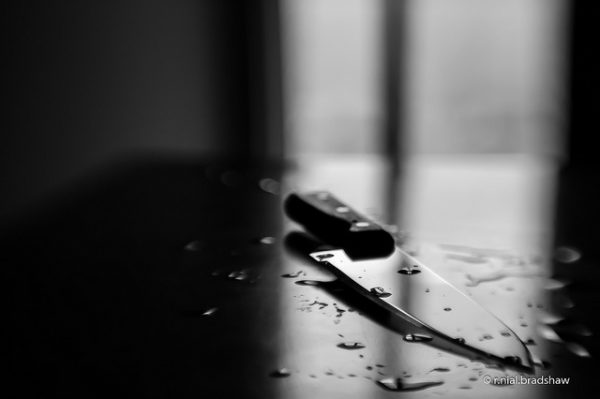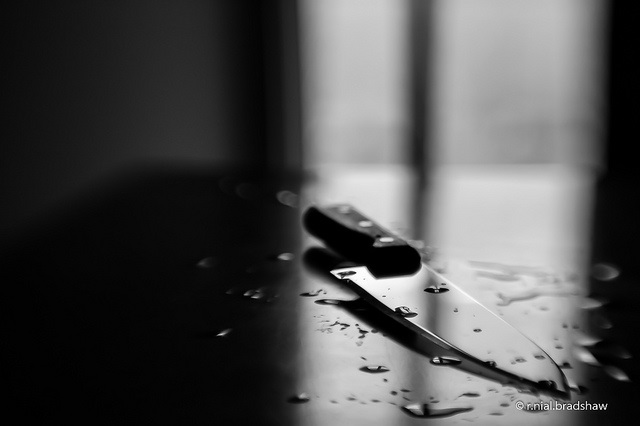Rudy Omisore reckons that knife crime isn’t what it’s cracked up to be….not that it’s hunky dory, either.

Recorded knife crime in London increased by 20 per cent in 2015. Also there was a 28 per cent rise in sexual assaults where knives were used. This is alarming. On the other hand, last year’s increase goes against the longer-term trend (2011-14) in which knife crime fell. So how do we explain such an inconsistent picture?
Dean Haydon, Head of Scotland Yard’s Homicide and Major Crime Command, puts it down to ‘cultural change’. He claims ‘There is a general change in society. Whether violence in the home, or on the streets, violence is increasing in society, in particular youth violence.’
Maybe he’s right. Gone are the days when disputes were settled in the old school way, with men stripped to the waist knocking seven bells out of one another. But was it ever really like that, anyway? And how can anyone claim there is a long-term, deep-seated ‘cultural change’ when the figures go up and down like yo-yos?
To explain such inconsistency, surely we have to understand that violence itself is inconsistent. Where and when it happens, and where and when it doesn’t – such events and non-events are more likely to be circumstantial than part of a supposedly pre-meditated pattern of so-called gang-related knife crime.
What strikes me as a newcomer to London, is that people here are more touchy and there is tension and hostility in the air; but to me this does not amount to a ‘culture’ of people carrying knives with criminal intent. More likely, those that carry knives, carry them for protection in case something happens in which somebody does something to them. In which case, they are responding to circumstances – real or imagined – rather than opting in to a ‘culture’ of violence.
Police chiefs say that officers aren’t just seizing kitchen knives nowadays, they are confiscating hunting knives and other devilish weapons ordered from the internet. Top of the list of online purchases, allegedly, is the foot-long zombie knife with multiple sharp edges designed to maximise damage to human flesh. The Metropolitan Police has also revealed that Southwark is the borough in which you are most likely to be stabbed (605 incidents in the past three years), followed by Lambeth (599), and Newham (555). On top of these numbers there will have been many more stabbings which went unreported, since ‘mandem’ from the hood would not dream of reporting them unless someone was on the point of bleeding to death.
By citing such scary figures, have I just stabbed myself in the foot? I don’t think so. My hunch is that, sobering as they are, these figures represent the extent of non-deliberate violence in London: the kind of incident which is hardly accidental, but you can’t say it’s pre-meditated either. Wrong place, wrong time, we used to say – and leave it at that.
But that’s NOT what I’m not going to do. Instead, in a forthcoming series of articles for Rising East I will seek to show how such violence comes about. Neither seeking to condone it, nor to condemn it (there are plenty of others already queuing up to do this); rather to understand it in order to do something more than circumstantial to prevent it.
Photo by r nial bradshaw used under terms of Creative Commons https://www.flickr.com/photos/zionfiction

